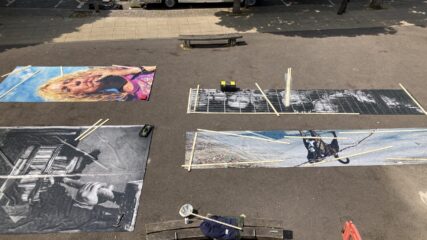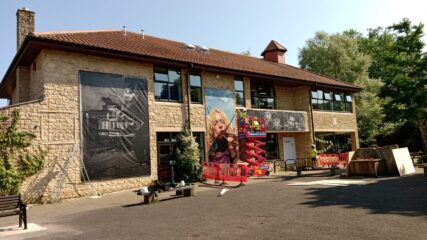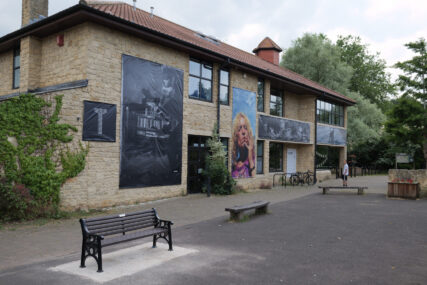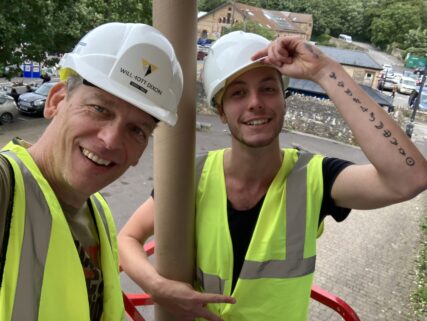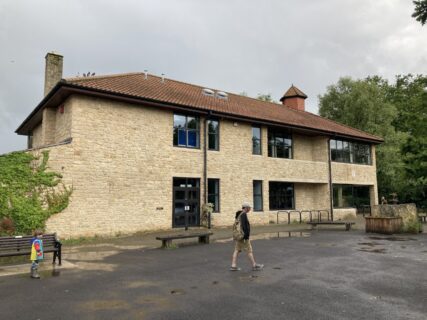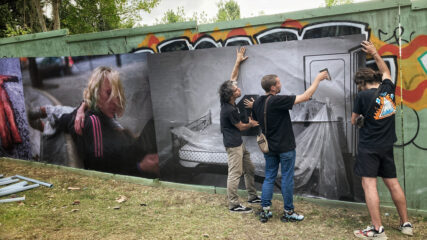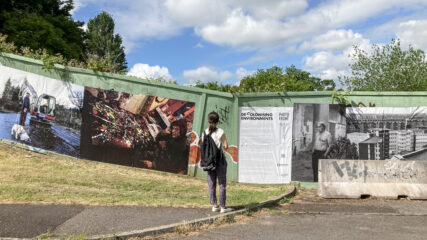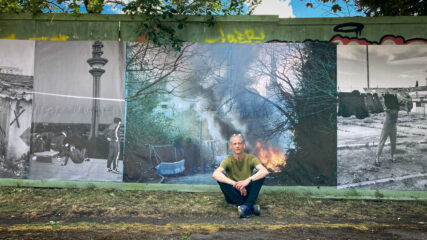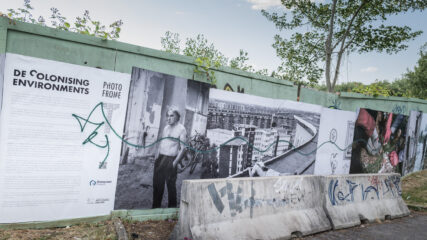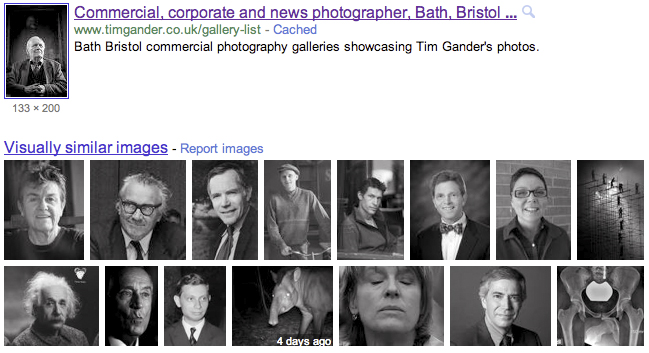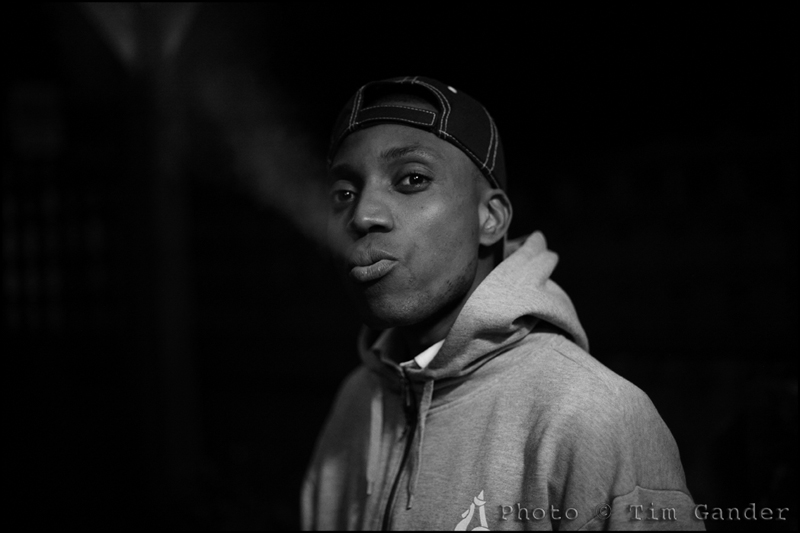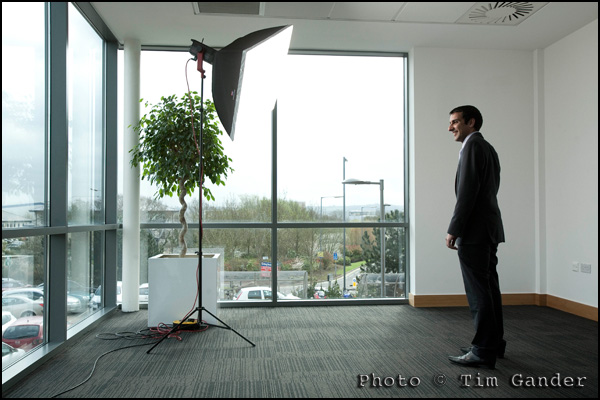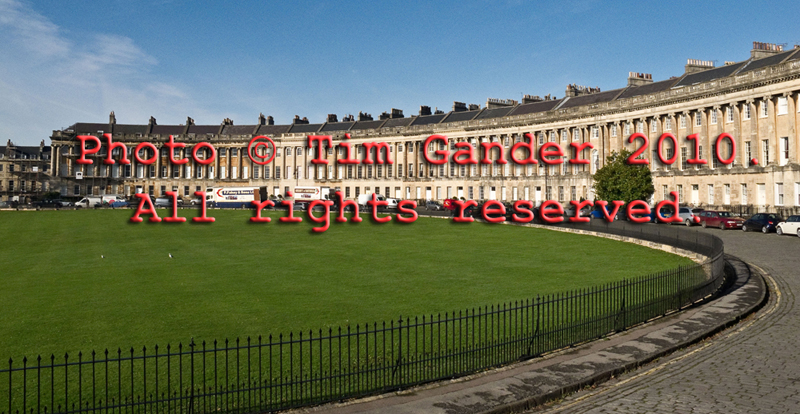Gosh, I have been a bit slack – I haven’t posted here since King Charles III came to the throne! Well sometimes life just runs away from you, then you get out of the habit. Before you know it, well here we are…
What started this un-planned hiatus was a thing called Photo|Frome (see photofrome.org if you haven’t heard of it). Being in charge of outdoor exhibitions meant I had no time in the run-up to the launch on June 24th to write anything anywhere.
To be fair, the result of all the hard work stunned even cynical ol’ me. Here’s a bit of a tale about it all.
Working closely with Italian photographic collective T House (Hugo Weber, Alex Zoboli and Angelo Leonardo), we achieved a first for Frome. We took over an entire outside wall of Frome Library and covered it in vinyl prints from our various projects (one project from each of us). The photos below barely do it justice, but you get a better idea of what I’m talking about.
While T House specialise in outdoor exhibitions of photographic works, they tend to work using large paper-based posters applied directly to walls. In the case of Frome Library we had to work differently due to the uneven surface we were dealing with. We needed to use vinyl prints mounted on timber frames screwed to the building wall. This was not going to be easypeasy!
Famous artists have minions install their work for them; in our case this was definitely a DIY affair.
T House organised the artwork and printing of the vinyls, while from my end I organised liaison with the library manager, measuring the building, ordering the timber, fixings, scissor lift and general logistics (none of which I’d ever done before, so somewhat daunting). To be fair, T House had the tougher job in curating the work and dealing with me and my constant doubts about what we could/couldn’t do.
Installation took two of the hottest days of the year to complete, but the effect was powerful. I was worried locals and visitors wouldn’t ‘get it’ or like it, or have any reaction at all, but there was a full spectrum of reactions – none of which involved just ignoring the work, so that was a major achievement. The giant portrait of Monika was a particularly popular selfie spot.
As if that wasn’t enough, I also commandeered some 60 metres of perimeter hoardings at Saxonvale in Frome. This is a place many of you will know that I documented between 2017 and 2019 (which became the book What Happened Here). It was the perfect place to show our combined projects, continuations of the images we installed at the library.
The only slight concern was that this part of our exhibition was being undertaken without permission of the landowner, Somerset Council. However I calculated that it would take longer than the three week run of the festival for anyone to raise a complaint and anything to come from that. I was correct, and in fact nobody complained. We even gave Somerset Council a name-check on the information panel, so it looked official (sneaky!)
T House set about curating the images for this second mammoth installation. This time working with 2 metre by 1.4 metre poster paper sheets, they stapled images from each of our projects as far along the hoardings as we could go before running out of posters.
It took another two, hot days to get this work up, but removal commenced a bit sooner than we’d anticipated as our installation antagonised some of the local graffiti artists by covering their art. Less than 12 hours after the posters went up, they were sprayed, tagged and torn. But that was ok, it meant the work got far more exposure than we could have hoped for, and the ‘intervention’ became part of the narrative of the installation. None of this was planned, but it was all good. Some visitors were even taking fragments of poster away with them as keepsakes!
Three weeks after all this effort, and it was time to un-install everything. To be fair, the graffiti artists and the weather did most of the work for us at Saxonvale, but the library show needed to come down in a more controlled manner.
This time I didn’t have a team of three highly-caffeinated Italians, but my son Joe stepped in and we got the lot down safely in one long (sometimes excessively wet) day.
It would be easy to question the value of all this effort, but I know that what we did had a huge impact locally. It was also a big hit with the many thousands of national and international visitors to the Photo|Frome festival. On a personal level I now have three very special Italian friends whose enthusiasm, professionalism and the sheer exchange of ideas has helped me enormously. I’m very much looking forward to working with T House again.
So having not posted for a few weeks, this one has turned into something of a marathon essay. I haven’t even touched on the wider Photo|Frome festival (which really was a very special thing), or my involvement in the various aspects of it. Nor have I mentioned any of the client work which of course carried on over that period.
To say I was a little burned out after all that would be an understatement, but I’m now looking forward to a period of breaks and holiday time in the coming weeks. That will mean another interruption to my blogging, but I’m hoping to get more regular again in September.
For now, have yourself a splendid Summer and I’ll see you again soon!

